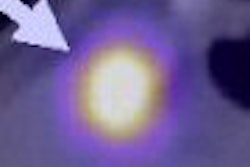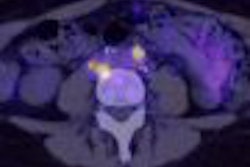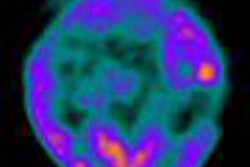Dear AuntMinnie Member,
British radiologists have found that PET/CT is a good choice for assessing patients with occult head and neck tumors, but false positives are a worrisome byproduct. They don't believe the modality is yet able to replace more conventional techniques for confirming the presence of cancer. Staff writer Wayne Forrest reports on the research for our Molecular Imaging Digital Community.
After conventional techniques were unable to find the primary tumor, the team from a U.K. imaging center used PET/CT with FDG to detect primary lesions in a group of patients with squamous cell and undifferentiated cancer neck nodes.
By finding the primary cancer site, the radiologists hoped to guide radiation therapy treatments more accurately, thus sparing healthy tissue. Although PET/CT performed well in general and improved the detection rate of occult cancers, naturally occurring FDG uptake in some normal areas led to false positives. Learn more by clicking here.
In other news, contributing writer Edward Susman files a report from last week's International Symposium on Endovascular Therapy (ISET) on the use of imaging techniques to guide molecular therapeutics. A presenter at the meeting believes that imaging can help guide the delivery of drugs on a cellular level -- find out how by clicking here.
These stories and more are available in the Molecular Imaging Digital Community, at molecular.auntminnie.com.




















